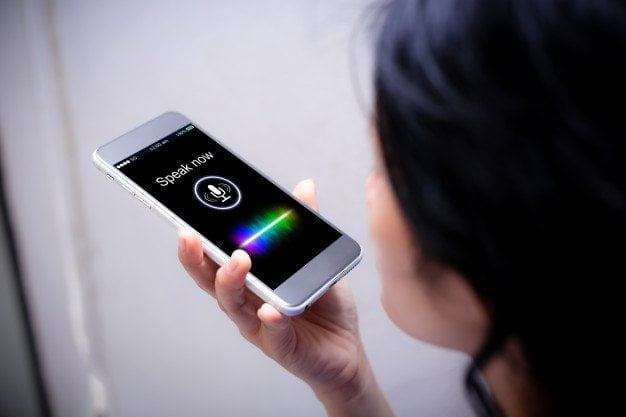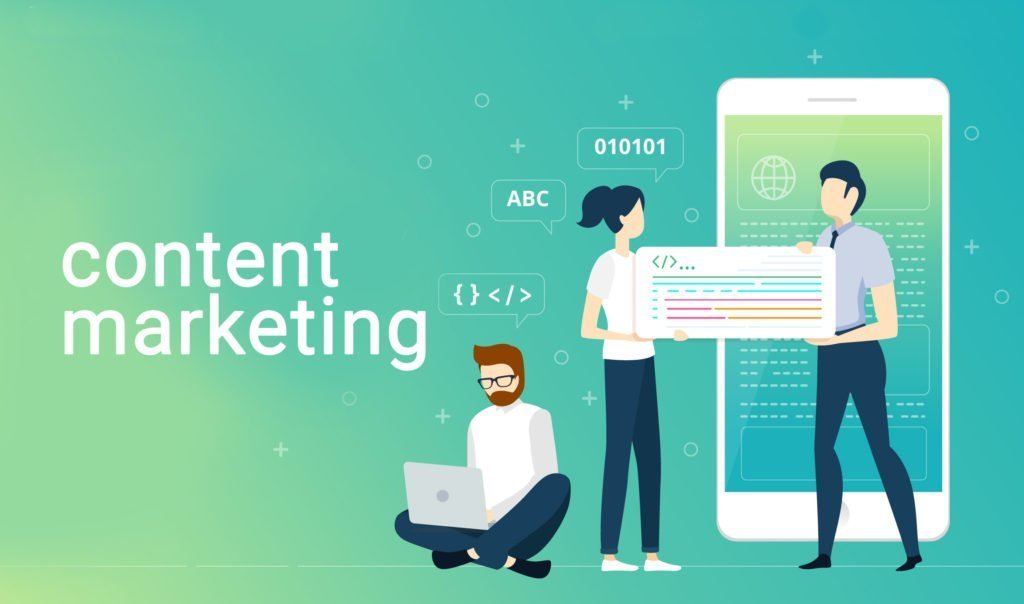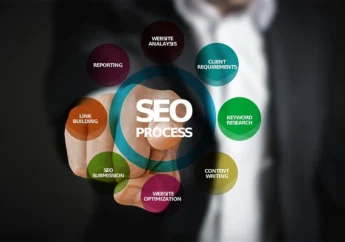5 Top Business Translation Trends for 2019
by Mashum Mollah Marketing Published on: 16 April 2019 Last Updated on: 08 November 2024

It’s no secret that globalization is on the rise, and one of the most impacted areas is the business world. According to the Federal Reserve Bank of St Louis, around the year 2000, just 20 companies from emerging economies were listed on the Fortune Global 500 list. By 2007, 70 Fortune Global 500 companies were from emerging economies. Emerging economies are defined as those that are seeing rapid growth and industrialization, such as India and Brazil.
These emerging economies had around 21,500 multinational corporations in 2010. Business consulting firm The Boston Consulting Group stated that by 2020 emerging markets would make up 40 percent of all consumer spending, or over $20 trillion.
Since markets are truly so global, business translation has never been more important. As such, we’ve taken a look at the five top trends in business translation for 2019.
Video Translation:
Communicating over video has become the new way of running staff meetings in many businesses. This is especially true when for companies that work with remote employees or have offices spread out across the world. There’s simply no better way to train and onboard new team members, make sure people can ask questions “face to face” and mimic the office staff meeting experience than to use video in the remote business world.
And since so many companies are working with employees across the world, enter the need for video translation. Companies don’t just use video conferencing, they also use training videos and corporate explainers to communicate with staff and customers alike. It takes a dedicated team to turn those video ideas into content that is suitable for people in any language. A video translation can include subtitles, voiceovers, captions, timestamping and transcription services – as well as the need for the translation itself.
Of course, that’s all assuming the video is pre-recorded. Real-time video could need an interpreter or translator doing subtitles or captions through transcription. While many services exist to provide video translation automatically, these should be used with extreme caution. Even market leader YouTube’s basic automatic closed captioning service isn’t ADA compliant due to its significant error rates – to the point that the system’s efforts are widely mocked. Some people even call them “craptions.”
Post-editing Machine Translation:
This type of business translation is when a translator goes back and checks the work that came out of a machine translation. Over the years, machine translation has made impressive strides. The most newsworthy example is when Google Translate switched to a machine learning method in 2016, with the Verge even claiming that Google AI translation was reaching human levels of translation accuracy. That makes it a good starting point for translating text.
However, that doesn’t mean we can hand all of our translation tasks over to the robots just yet. In the Verge article from 2016, Google researchers admitted that Google Translate was still dropping entire words, as well as mistranslating rare words and proper names. And that’s before you consider the inherent nuance of language that machine translation hasn’t quite caught up with. It can’t tell what’s culturally appropriate or even semantically accurate.
That’s where post-editing machine translation comes in. You can potentially reduce the translation man-hours that you need by using machine translation as a starting point, but the text that comes out of AI systems is still going to need a human to go over it with a fine-tooth comb.
Voice Search-focused Translation:

“Alexa, where are my pants?”
Welcome to life in the 21stcentury.
On a more serious note, voice search is the way many people discover new brands. According to a 2018 study, 58 percent of people used voice search to find information on a local business in the preceding 12 months.
With businesses being more global than ever before, that means that voice search-focused translation has become a norm in 2019. This trend is all about handling marketing information and translations so that they can sound natural in a voice-search environment. Text files may come from someone’s speech, instead of their writing style. A translation gets turned into audio, in addition to text. And it all has to be done so it feels like a fluid verbal experience.
Content Marketing Translation:

Content marketing translation is basically its own art form. When you translate the text you use in your content marketing campaigns, you need to keep a very close eye on local customs and how a region perceives advertising and language.
What’s even more difficult is that content for marketing purposes tends to use slang and cultural references to relate to target demographics. Slang doesn’t always translate well, as is seen in poor company translation fails the internet over. One example was when Coors ported its “Turn It Loose” campaign into Spanish markets, which was commonly understood as “suffer from diarrhea.” If you’re attempting content marketing translation, you’ll need professional translation services on your team!
LinkedIn Profile Translation:

LinkedIn has become the cornerstone of the business world. In fact, 95 percent of recruiters used LinkedIn to find candidates in 2017. With how global the workforce is now, it has never been more important to make sure you have the best-looking profile in any language. And that’s where LinkedIn profile translation comes in.
If you want to present your LinkedIn profile is any language, your profile needs to be as great in the new language as the old. It needs to perfectly describe your skills and experience. And it has to have absolutely no spelling or grammar mistakes. And if you don’t write in the new language as well as your native tongue, professional translation services from the best translation companies are key.
Read Also:



































































































